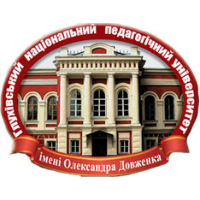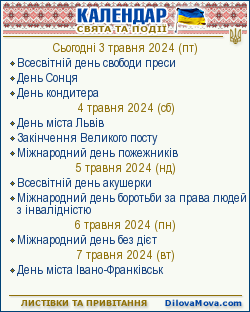Languages
SHAUCHUK I. I. Documentary publication on the history of the organization of academic science of Belarus in the interwar period
A national academy is an organizational body, usually operating with state financial support and approval, that co-ordinates scholarly research activities and standards for academic disciplines, most frequently in the sciences but also the humanities. Typically the country's learned societies in individual disciplines will liaise with or be co-ordinated by the national academy. National academies play an important organizational role in academic exchanges and collaborations between countries.
The National Academy of Sciences of Belarus (formerly: The Belarusian Academy of Sciences in 1928-1936; The Academy of Sciences of Byelorussian SSR in 1936-1991; The Academy of Sciences of Belarus in 1991-1997) was founded on the basis of the Institute of Belarusian Culture (Inbelkult) (1922-1928), which was reorganized to the Academy through the Resolution of the Central Executive Committee and Council of People's Commissars of the BSSR of October 13, 1928.
Professor Vsevolod M. Ignatovskii, Academician (History) was called the first President of the Academy. The inauguration of the Academy was in Minsk on January 1, 1929, in tenth anniversary of the Byelorussian Soviet Socialist Republic foundation. At first there were only 128 specialists working at the Academy, with 87 researchers among them. But from the very outset the Academy has became the leading scientific center influencing the economic, engineering, social and cultural development of the Republic of Belarus.
In 2015 Minsk Academic publishing house issued a collection of documents devoted – according to a statement of the compliers – to cooperation of the Academies of Sciences of the USSR and BSSR in 1929-1941. The article shows the authors don't possess scientific terminology, they arbitrarily interpret and identify the concepts “cooperation”, “coordination”, “leadership”, “communication”. There is detected the imbalance of chapters and the content within them, the fragmentation of the presentation of documentary information, a random selection of documents, exclusively chronological principle of their placement. This makes it difficult to work with them. Attention is drawn to the ambiguous emphasis on identification documents in the Russian archives because of allegedly poor state preservation of them in the Belarusian’s archives. There is disclosed in the review failure to comply with the archaeographic rules and the ethical's standards in science. In paper it is made the conclusion about the low scientific level of the documentary edition.
Keywords: Academy, archaeographic, archive, cooperation, coordination, document, publication, science.
- 785 reads





